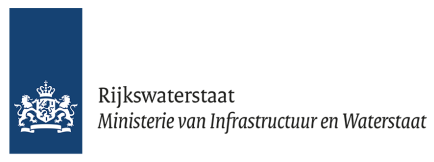
The strip of land between Kijkduin and Scheveningen is a scientific Valhalla for researchers with the Delft University of Technology (TU Delft). This Valhalla is a man-made peninsula of 21 million m3 of sand that stretches into the sea: the Sand Motor. Armed with their instruments and their wits, these researchers strut across the beach to analyse the Sand Motor in all its minutest details. Each change and every shift is measured and mapped. Marcel Stive, professor of coastal engineering at the TU Delft, oversees the research team and tells passionately about this unique experiment.
Stive was one of the founding partners of the project. As a member of the advisory committee, he worked together with other stakeholders to create the Coastal Booklet in 2006 (Kustboekje). Its primary message was: ‘Employ nature to build for you by constructing a Sand Motor’. The province of South Holland took this recommendation to heart, the plans accelerated, and construction began only five years later.
Expectations
The Sand Motor is the first of its kind, making it a fascinating object for study by researchers. With his team of twelve PhDs and three post-docs, Stive dives into the Sand Motor’s mechanics every single day. Currents, the distribution of sand, flora and fauna: everything is scrutinised. “Generally, the Sand Motor does pretty much what we expected it to be doing”, Stive says. “But there are some places where unexpected things are happening. And these are the things that make this project so exciting and challenging.”
Wind and waves
“Could you build a couple more Sand Motors?” is what kite surfers think about the project. Stive is deeply impressed with how these athletes have embraced the Sand Motor. “When the project was launched, the neighbourhood and regular users of the area weren’t too thrilled about it. The new usually meets some kind of resistance at first. But with their enthusiasm, the kite surfers swept all that resistance away. The Sand Motor creates the perfect conditions for their sport: plenty of wind, but no waves.”
Across the border
The project has caught attention across the Dutch borders and there is more and more international interest. In the autumn of 2015, scientists from all over the world visited the Sand Motor for a collaborative research project. For Stive, this was an important scientific highlight: “About 40 international researchers visited the site for a week and worked intensively on large-scale analyses, tests, and measurements. By sharing their expertise, the participants created room for new insights.”
Source of inspiration
Stive sees the Sand Motor as an enormous source of inspiration. Not just for scientists, but for government bodies, companies, tourism, and artists as well. “We should really try and cooperate more with natural processes. Such an approach is immensely valuable for both nature and humanity.”



